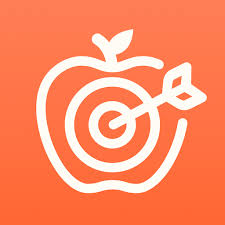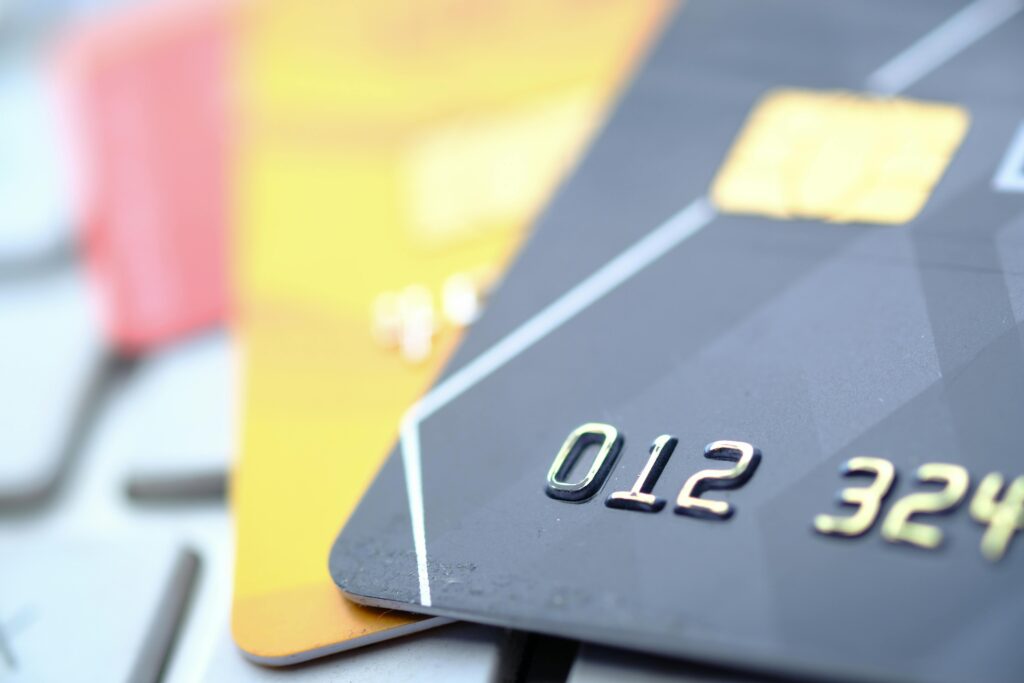If you’ve been using the free version of Cronometer, you’ve probably seen the option to upgrade to Gold. But is it really worth the money? Let’s break it down in plain English so you can decide if the extra features are something you’ll actually use or just nice-to-haves you’ll forget about.

The Basics: What Cronometer Offers for Free
Before diving into the Gold features, it’s worth looking at what the free version gives you:
- A food diary that tracks up to 84 nutrients
- Syncing with select fitness trackers (like Fitbit and Garmin)
- Macro and calorie tracking
- Visual daily summary and progress charts
The free version is quite robust. If you’re just starting out or only need basic nutrition data, it’s honestly more than enough. The free app is also ad-supported, which can be slightly annoying, but it doesn’t interrupt your tracking experience too much.

Pricing Breakdown and Value
Let’s do the math:
- Monthly Plan: $10.99
- Annual Plan: $59.88 (comes out to $4.99/month)
There’s no automatic free trial, but if you’re curious, you can email Cronometer and request one. For under five bucks a month, you get detailed tracking, fasting tools, advanced reports, and a streamlined app experience.
Compared to other premium health apps, Cronometer Gold is competitively priced and arguably delivers more in terms of nutritional value.
Quick Feature Comparison: Free vs Gold
| Feature | Free Version | Gold Version |
| Nutrients tracked | Up to 84 | Up to 84 (plus custom targets & advanced charts) |
| Ads | Yes | No |
| Barcode scanner | Yes | Yes |
| Custom diary groups & timestamps | No | Yes |
| Fasting timer | No | Yes |
| Biometric & lab tracking | Limited (weight only) | Full suite |
| Recipe sharing | No | Yes |
| Cost | Free | $10.99 monthly or $59.88 yearly |

What Cronometer Gold Adds: More Than Just Bells and Whistles
So what do you get for that price?
1. Advanced Nutrient Insights
With Gold, you can unlock detailed charts and custom nutrient tracking. This means you can set goals for specific nutrients like magnesium, iron, or zinc and see which foods contribute most to those totals using the Nutrient Oracle.
This is especially helpful if you’re following a specific diet (like vegan, keto, or paleo) or have been advised to monitor your micronutrients for health reasons. It’s also useful if you’re working with a nutritionist or coach.
2. Biometric and Lab Tracking
You can track health metrics like blood pressure, fasting blood sugar, mood, sleep, and even lab test results. These can be charted over time to see how lifestyle changes affect your health.
This is a big deal for anyone trying to connect the dots between how they eat and how they feel.
3. Fasting Timer
If you practice intermittent fasting, the Gold plan includes a built-in fasting timer. You can log and view fast durations alongside your nutrition data, which can help you evaluate how your eating patterns impact your energy, mood, or digestion.
4. Custom Diary Groups
Gold lets you organize your day into meals like breakfast, lunch, and dinner (plus snacks). You can add time stamps, too. This makes it easier to track trends in when and what you’re eating.
For people trying to optimize their nutrition throughout the day, this level of organization is very helpful.
5. Ad-Free Experience
It’s a small perk, but going ad-free does make the app smoother to use. You won’t be distracted or slowed down by pop-ups.
6. Recipe Creation and Sharing
Gold members can create recipes from items in their food diary and even share those with friends who also use Cronometer. This is great for people who batch cook, repeat meals often, or like to share meal plans.
Who Should and Shouldn’t Use Cronometer Gold
Let’s be real: not everyone needs the upgrade. But for some people, it’s absolutely worth it. Below, we’ll look at who will benefit most and who might want to stick with the free version.
Who Benefits Most from Cronometer Gold?
Let’s be real: not everyone needs the upgrade. But for some people, it’s absolutely worth it.
- Athletes and Fitness Enthusiasts: If you’re training with specific performance or physique goals, having deeper insight into your macros and micros can make a difference. Gold’s tracking tools allow you to zero in on what matters most for your routine.
- People Managing Health Conditions: If you have nutrient deficiencies or are working with a healthcare provider, Gold’s ability to track lab results and biometrics can help you stay on top of your condition and see how diet influences your symptoms.
- Nutrition Nerds (No Shame Here): Love data? Enjoy tracking everything from your magnesium intake to your water-soluble vitamins? Then Gold will probably feel like a playground.
- Anyone Using Intermittent Fasting: The built-in fasting timer isn’t just a gimmick. Being able to overlay fasting data with nutrient intake and mood or energy levels can help you refine your approach.
Who Might Not Need It?
- Beginners Just Learning the Ropes: If you’re new to food tracking, start with the free version. There’s plenty to explore without the pressure of maximizing a paid plan.
- People Who Practice Intuitive Eating: Cronometer, in general, may not be the best fit if your goal is to move away from structured food tracking. Even the free version can feel too numbers-focused.
- Those with a History of Disordered Eating: For anyone recovering from or currently struggling with disordered eating, calorie and macro tracking can be triggering. Speak to a healthcare professional before using any tracking tool.

Accuracy and Limitations of Cronometer Gold
Accuracy
Cronometer stands out in one important area: accuracy. Unlike many nutrition tracking apps that rely on crowdsourced food entries, Cronometer uses verified sources like the USDA and NCCDB. This means you can trust the numbers you’re seeing, especially if you’re aiming for specific nutrition goals like increasing magnesium or reducing sodium.
Limitations
That said, as great as Gold is, it’s not without its flaws. Here are some potential drawbacks to consider:
- Steeper Learning Curve: Because of the level of detail, Gold can feel overwhelming at first. If you’re not used to analyzing nutrition data, it might take time to get comfortable with all the available metrics and customization options.
- Manual Data Entry Can Be Tedious: Even with features like barcode scanning and recipe saving, entering food manually or creating recipes can still feel time-consuming, especially for people who cook from scratch or eat a lot of mixed meals.
- Limited Social and Workout Features: Cronometer is focused on nutrition. If you’re looking for workout routines, community challenges, or guided fitness content, you won’t find that here. Apps like MyFitnessPal or Fitbit offer more of a hybrid approach.
- No Free Trial by Default: Unlike some apps that offer a week or month-long free trial for premium features, Cronometer Gold requires you to email customer service to request a trial. This is a bit outdated and could discourage curious users from giving it a try.
These cons don’t ruin the experience, but they’re worth keeping in mind if you’re on the fence about upgrading.

ReciMe: A Recipe‑Centric Alternative
We built ReciMe because we live a healthy lifestyle and cook most of our meals at home. Most nutrition apps start with packaged foods and crowd‑sourced databases. We flipped that script. ReciMe calculates nutrition straight from the full recipe: ingredients and amounts, so you get an accurate macro and calorie breakdown for the exact meal you just cooked. When you rely on fresh produce and pantry staples instead of store‑bought meals, that matters.
Why ReciMe Stands Out
- Smart nutrition analysis: Our algorithm pulls verified nutrient data for every ingredient, then totals it for the whole dish and per serving. You see calories, protein, carbs and fat without hunting for each item.
- Recipe‑first mindset: Import any recipe from Instagram, TikTok or Pinterest. We parse the ingredients and cooking steps automatically.
- One‑tap grocery lists: Turn selected recipes into a sorted grocery list that mirrors supermarket aisles. No more back‑tracking between produce and dairy.
- Flexible meal planning: Drag and drop recipes into a weekly planner so you can waste less food and avoid last‑minute take‑out.
- Cross‑device access: ReciMe syncs in the cloud, so your phone, tablet and computer always show the same up‑to‑date cookbook and shopping list.
When you cook real food at home, you need a nutrition tracker that understands recipes – not barcode labels. That’s why we believe ReciMe is the more useful choice for home cooks who care about health.
Just try it – you’ll love it:


Conclusion
So, is Cronometer Gold worth it? If you’re serious about tracking your nutrition, optimizing health goals, or simply love data, then yes – it’s one of the most detailed and accurate nutrition apps available. The Gold version builds on an already strong free foundation with tools that let you personalize your experience, monitor biometrics, and better understand your habits.
However, not everyone needs the upgrade. If you’re just starting out, experimenting with tracking, or following an intuitive eating path, the free version is more than enough to get a feel for the app’s capabilities.
Ultimately, your decision should come down to how much value you place on advanced tracking, custom features, and data accuracy. If those are high on your list, Cronometer Gold is well worth the small monthly investment.
FAQs
Is there a free trial of Cronometer Gold?
Not by default, but you can request a free trial by emailing Cronometer’s support team.
Can Cronometer track intermittent fasting?
Yes, but only with the Gold version, which includes a built-in fasting timer.
Can I sync Cronometer with my fitness tracker?
Yes, it supports integrations with Fitbit, Garmin, and several other devices.
Is Cronometer good for managing health conditions?
Absolutely. The Gold version allows you to track biometrics, lab results, and nutrient levels that are useful for managing conditions like diabetes, anemia, and more.
What’s a good alternative if I cook at home and want recipe-based tracking?
ReciMe is a great option for home cooks. It calculates nutrition based on full recipes, making it ideal for those who prefer whole ingredients and meal planning over barcode scanning.
